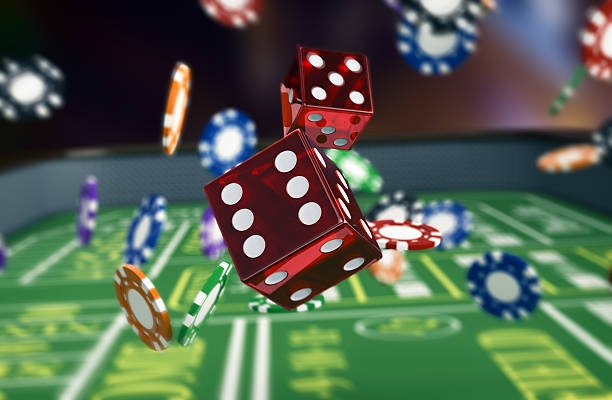
Dice, those small cubes that have shaped the outcome of games for centuries, hold a storied history deeply entwined with the world of gambling. From the earliest civilizations to the high-tech casinos of today, dice have been instrumental in games of chance, strategy, and skill. In this exploration of the history of dice used in gambling games, we uncover the evolution of these small artifacts and their enduring impact on the realm of gaming.
1. Ancient Origins:
The origins of dice can be traced back to ancient times, with the oldest known dice dating back over 5,000 years to excavations in Mesopotamia. These early dice were typically made from materials like bone, wood, or clay. The concept of casting lots or rolling dice to determine outcomes gained prominence in various ancient cultures, including those of Egypt, Greece, and Rome.
2. Romans and the Evolution of Dice:
The Romans embraced the use of dice in both games and divination. Roman dice were typically crafted from various materials, including ivory and animal bones. Unlike the six-sided dice commonly used today, Roman dice often had 20 sides, with symbols representing numbers. Dice games became an integral part of Roman entertainment, played in taverns and even at social gatherings.
3. Medieval Europe:
With the decline of the Roman Empire, the use of dice persisted in medieval Europe. However, during this period, the Church expressed disapproval of gambling, leading to occasional bans on dice games. Despite these restrictions, dice games thrived in various forms, often associated with festivities and celebrations.
4. Renaissance and the Birth of Craps:
The Renaissance era witnessed a resurgence of interest in ancient games and chance. Dice games proliferated in European courts and salons, contributing to the cultural tapestry of the time. The game of “hazard,” a precursor to modern-day craps, gained popularity in England during the 17th century. French settlers later brought this game to the New World, where it evolved into the craps we know today.
5. Dice in Asia:
Meanwhile, in Asia, dice games also held a significant place in gaming culture. Ancient Chinese dice games, such as Sic Bo, have endured through the centuries. The introduction of Buddhism in India brought a prohibition on gambling, influencing the evolution of dice games into simpler, non-gambling forms for entertainment and divination.
6. Standardization and Modern Dice:
The standard six-sided die that is ubiquitous today began to take shape in the late 19th century. The familiar arrangement of dots, known as pips, on each face became standardized, allowing for consistency in manufacturing. The introduction of plastic in the mid-20th century further streamlined the production of dice, making them more accessible and affordable.
7. Casinos and Craps:
Dice found a prominent place in the world of casinos, notably in the game of craps. The lively atmosphere around the craps table, with its distinctive slang and rituals, became synonymous with the thrill of casino gambling. The simplicity of the game, coupled with the communal aspect of players cheering for a favorable outcome, contributed to the enduring popularity of craps in casinos worldwide.
8. Digital Dice and Online Gaming:
As technology advanced, so did the role of dice in gaming. Digital simulations of dice games became prevalent in video games and online platforms. Virtual dice offered a new dimension to traditional games, allowing players to engage in electronic versions of classics like Yahtzee or Liar’s Dice. Online casinos also incorporated virtual dice, providing players with the convenience of enjoying dice games from the comfort of their homes.
Conclusion:
The history of dice in gambling games is a fascinating journey that spans continents and millennia. From ancient civilizations and medieval Europe to the bustling casinos of today and the digital realms of online gaming, dice have remained a constant companion in the world of chance. As we continue to roll the dice in various forms, we pay homage to these small but enduring artifacts that have played a pivotal role in shaping the fortunes of gamblers and the tapestry of gaming history.